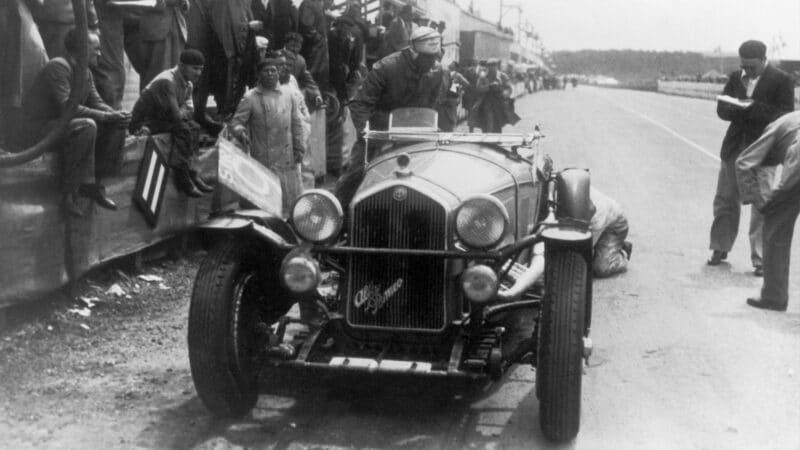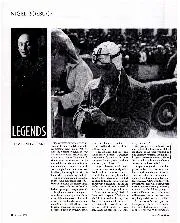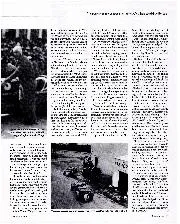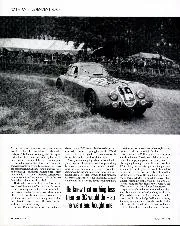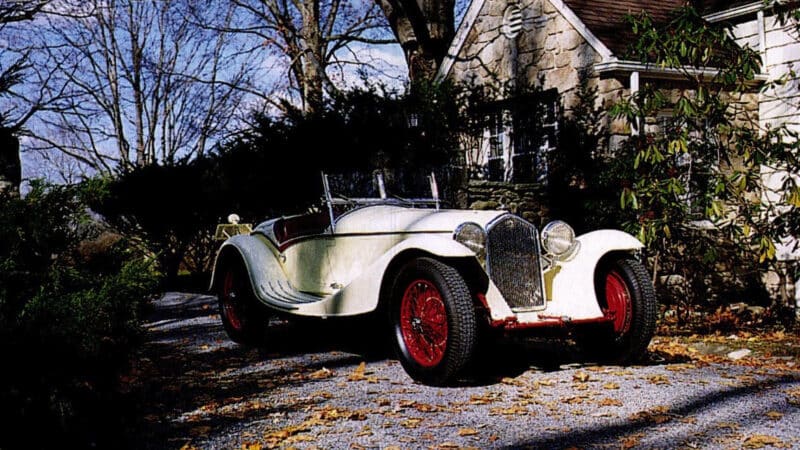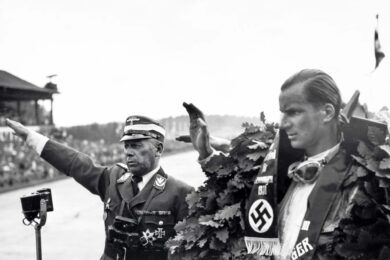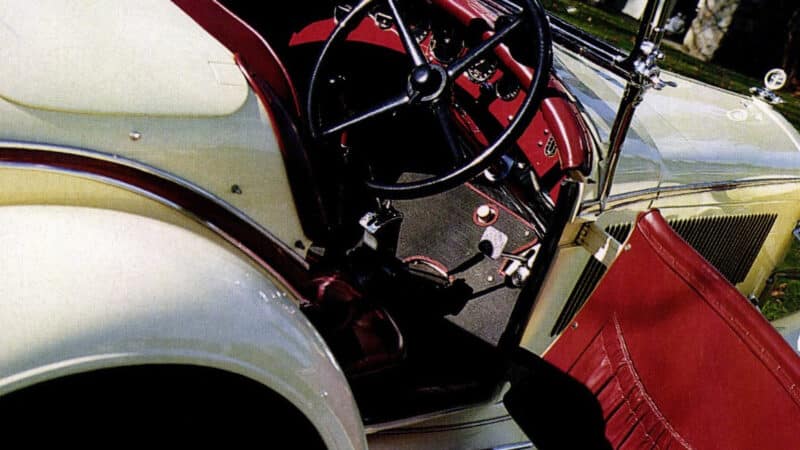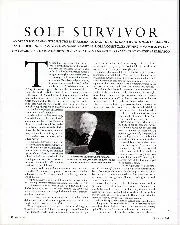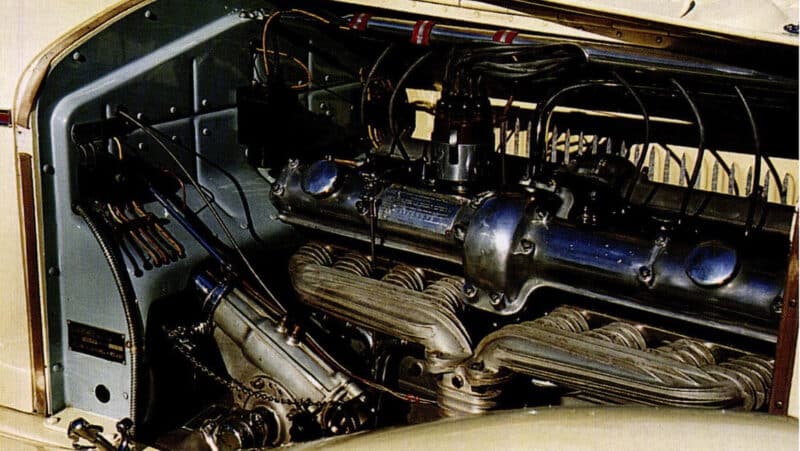The road-going and sports-racing versions of the 2.3 were often bodied by carrozzerie such as Touring, Zagato, and Pinin Farina, although Figoni, Castagna and others also clothed such chassis. In addition to the standard chassis lengths, Alfa Romeo also produced a limited series of the 8C 2300 ‘Monza’, which featured a fighter chassis with a 104.3in wheelbase and an engine tuned to produce 165bhp at 5400rpm. An out-and-out competition car, it weighed a comparatively svelte 20241bs and had a top speed in the region of 130-140mph.
If there was any doubt about either the engineering, or execution of the Jano-designed 2.3, it absolutely dominated endurance events like Le Mans 8 from 1931 through to ’34. The lengthy list of competition success reads like a roll-call of the world’s great events, including the Targa Florio, Spa, the Mille Miglia — and many grands prix. The 2.3 first conquered Le Mans in ’31 when Lord Howe and Sir Tim Birkin drove 2111005, a lungo ‘Le Mans’-bodied car by Zagato, to victory. The following year, Frenchman Raymond Sommer and co-driver Luigi Chinetti topped the finisher’s list driving a 2.3.
In his new book, The Legendary 2.3, Simon Moore identifies this car as an early Zagato-bodied spider, probably 2111018. It was distinguished by special Figonidesigned streamlined wings and tail; Sommer reckoned that these combined with the lighter Zagato coachwork would give his car a top-speed edge over the other 2.3s. For 1933, Sommer and the great Tazio Nuvolari shared a new 8C 2300 short-chassis Zagato spider, number 2211109. Many observers at the time, and in retrospect, believed that this was the same Alfa Romeo driven by the Frenchman the prior year. This was understandable because all four wings and the tail section were those same Figoni-styled items fitted to the 1932 winner. Photos clearly show, though, that the add-on sections were dark in colour and the bonnet and cowl were finished in a very light hue, corresponding with the original cream livery of 2211109. They also show various differences in the grille surround, windscreen, door hinges and the chrome flashing along the side of the bonnet.

1933 Le Mans winners in the famous Alfa
Questions remain as to how Sommer and Nuvolari came to drive this fresh 8C 2300 in the 1933 Le Mans 24 Hours. However, research shows that the certificate of origin for this car was issued to SA Alfa Romeo on 31 May, 1933, although the chassis was completed on March 2, which is most likely when it was delivered to Zagato. It was probably loaned to Nuvolari by Alfa Romeo for the race — and Tazio then invited Sommer to be his co-driver, presumably on the strength of his win the previous year. After the traditional Le Mans start, Sommer took the lead, followed by Louis Chiron, Chinetti and Brian Lewis, all in 2.3s. By the 11th lap, Sommer set a lap record of 88.48mph.
After six hours, Sommer and Nuvolari led Chinetti/Varent by two laps. Then it all started to come unstitched. At around 4am, Motor Sport reported: “We were roused from lethargy by the arrival of Sommer coming in to mend a front wing. Just as he was about to start again there was a shout from his mechanics and petrol was seen pouring from a leak in the tank.” During the 16 minutes it took to patch the tank using soap, the Chiron/Franco Cortese car gained the lead.

